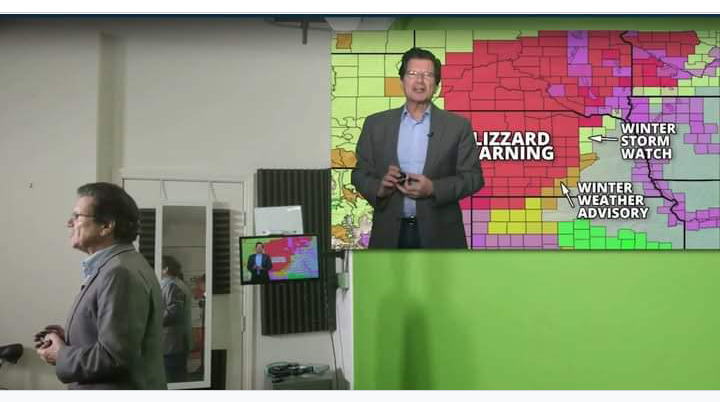Chicago, Dorothy Glanton Identified After Decades, Family Finally Finds Closure Through DNA Breakthrough
CHICAGO — For nearly four decades, the mystery of Dorothy Glanton’s disappearance haunted her family. Her mother never stopped searching, even placing newspaper ads pleading for her daughter to come home, unaware that Dorothy had already been laid to rest in an unmarked grave hundreds of miles away. What began as a missing person case in December 1987 turned into a decades-long puzzle that has only now been solved, thanks to advancements in DNA technology and the tireless work of genealogical investigators.
Dorothy vanished from Chicago during the winter of 1987, leaving her family distraught and desperate for answers. When a body was discovered months later along the Michigan lakeshore, investigators believed it belonged to a white woman in her 40s or 50s. In truth, the woman they had found was Dorothy Glanton — a 71-year-old Black woman who had been part of the Great Migration, the historic movement of Black families from the rural South to northern cities like Chicago in search of opportunity and freedom during the 20th century.
That single mistake in description — a misidentified race and an incorrect age estimate — meant no one connected the remains to the missing woman from Chicago. Dorothy’s file was closed, and her family was left in anguish, never knowing what had happened. Her mother continued to search well into her later years, never learning that her daughter had already been found but not recognized.
For years, Dorothy’s remains lay buried, identified only by a case number. Then, in 2023, the Michigan State Police partnered with the DNA Doe Project, an organization dedicated to solving cold cases through genetic genealogy. Using advanced testing, they were able to extract usable DNA from Dorothy’s remains — a process once thought impossible due to the degradation of genetic material over time. Volunteers from the project then embarked on the painstaking process of tracing her lineage through public records, obituaries, and family trees.
The deeper they dug, the more difficult it became, especially as they traced lines back into the 19th century and the era of enslavement. Records for Black Americans were often incomplete or lost, forcing the team to rely on creative research and distant matches to build a profile. After months of cross-referencing and analysis, they made the breakthrough — the unidentified woman was Dorothy Glanton.
When the match was confirmed, it brought both relief and heartbreak. The team discovered a newspaper advertisement from August 1988, written by Dorothy’s mother, pleading for her missing daughter to return home. That emotional detail underscored the pain of years spent searching in vain.
Though time has passed, the confirmation of Dorothy’s identity offers long-overdue closure to a family that never stopped hoping. The Michigan State Police and DNA Doe Project’s success highlights how modern science and human determination can restore names to the lost and dignity to the forgotten. Dorothy’s story serves as a reminder that even after decades of silence, truth and compassion can finally bring someone home.
#Chicago #DorothyGlanton #DNAIdentified #ColdCaseSolved #GreatMigration #MissingPersons #JusticeForDorothy










